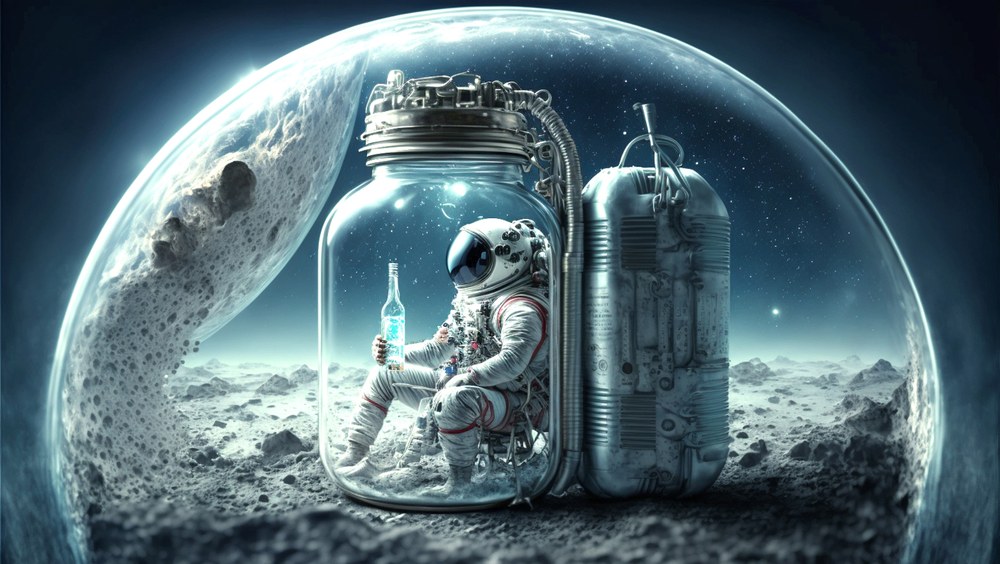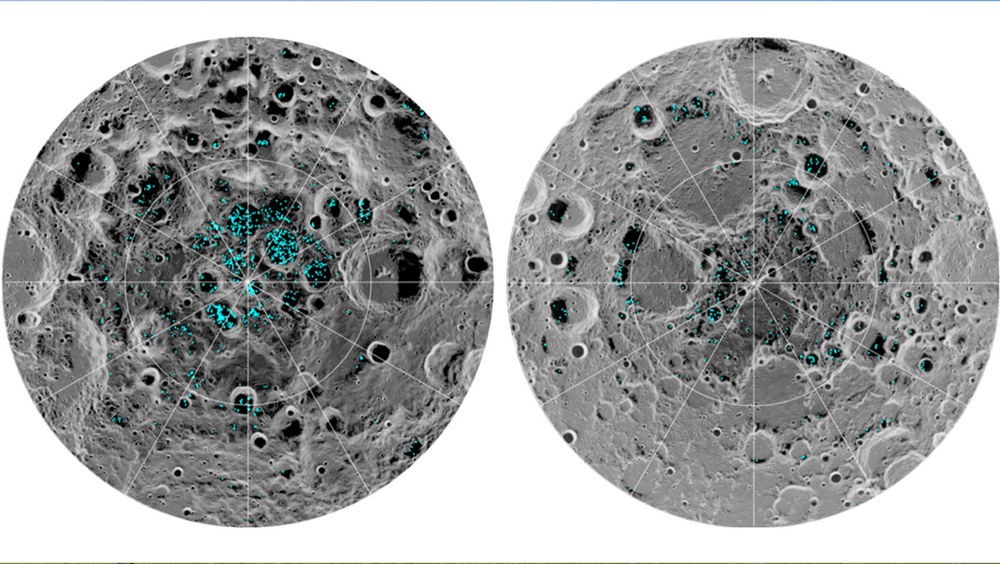Lunar water for drinking and rocket propellant


NASA

- Together with other European participants, DLR is researching technologies for extracting water from lunar rock.
- It is intended to be used as drinking water, for oxygen generation or for the production of hydrogen-based rocket propellants.
- Laboratory tests of the extraction of ice from simulated Moon dust and rock will start at the beginning of 2024.
- Focus: Space exploration
Water is by far the most versatile and most necessary resource for crewed space exploration. It is the most important raw material in life support systems and for rocket propellants manufactured using hydrogen. In the 'Validation of Lunar Water Extraction and Purification Technologies for In-Situ Propellant and Consumables Production' (LUWEX) project, the German Aerospace Center (Deutsches Zentrum für Luft- und Raumfahrt; DLR) and other European participants are researching technologies for the extraction of water from lunar rock and its purification.
This is intended to be used by astronauts as drinking water and to produce oxygen using electrolysis. Water is also the starting point for the production of rocket propellants using hydrogen and oxygen. Large quantities of fuel are required to transport every kilogram of payload in space. Utilising available local resources is key to a long-term human presence on the Moon.
Ice in the lunar subsurface
Evidence of the presence of water ice trapped in the lunar subsurface provided the motivation to work on technical solutions for the finding, extraction and purification of 'lunar water'.
"LUWEX is one of the few projects in the world that deals experimentally with the topic of water extraction from lunar material. The special thing about LUWEX is that it looks at the entire process chain, from the extraction of water from the rock through to its treatment," says Paul Zabel, Project Manager at the DLR Institute of Space Systems in Bremen. Previous research activities on lunar water extraction were largely carried out as theoretical system studies. "With LUWEX, we now want to test this in practice using a laboratory experiment."
On the Moon, ice is mainly found in the dark craters near the South Pole, which are permanently shaded from sunlight. The demonstration system is to be operated in a moon-like environment with low atmospheric pressure and at a low temperature. A mixture of ice particles and rock will serve as a substitute for real Moon dust to test the principle in the laboratory.
International collaboration
The interdisciplinary LUWEX team from Germany, Austria, Poland and Italy has set itself the goal of developing a new type of water extractor. In the Concurrent Engineering Facility (CEF) at the DLR Institute of Space Systems, the project participants have developed and finalised the design of the experimental setup. The CEF enables simultaneous data access for all project members during the design process for new systems.
The DLR Institute of Space Systems is building the subsystem for extracting the water. The process involves heating the mixture of Moon dust and water in a cylindrical reactor while it is being stirred. The resulting water vapour can then be separated from the simulated Moon rock.
Thales Alenia Space is responsible for purifying and processing the water so that it is suitable for use as drinking water by astronauts. The purified water can also be used to produce hydrogen and thus serve as fuel or for energy storage.
Construction and first tests on Earth
In February 2024, the system will be set up in a thermal vacuum chamber at the Technische Universität Braunschweig and will be available for the first tests. A six-month experimental period will then begin. Samples with different proportions of lunar rock simulant and ice will be used to identify the optimum process parameters for water extraction. Later, on the Moon, it should be possible to extract a maximum amount of water with minimum energy. To this end, the researchers are testing which temperature and stirring speed are best suited for this. In the second step of the process, the extracted water is treated. Sensors measure the water quality, and some samples are also analysed in more detail in the laboratory. The aim is to obtain at least half a litre of water in each test run.
Paul Zabel's hopes for the future: "With LUWEX, we want to lay the foundation for testing water extraction on the Moon. We envisage that the technologies will be ready for testing on the Moon before 2030."
Project participants
Technische Universität Braunschweig, LIQUIFER Systems Group, Thales Alenia Space, Wroclaw University of Science and Technology, Scanway Space
